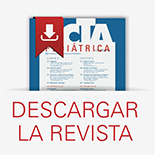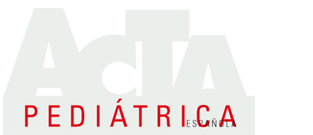Volumen 64 - Número 3 - Marzo 2006
Publicado en
Notas clínicas
Síndrome de Frey: a propósito de dos casos
Frey syndrome in children: two case report
N. Álvarez Zallo1, A. Martínez Ortiz2, L. García Blanco1, B. Martínez Ganuza1, M. Ruiz Goikoetxea11Servicio de Urgencias Extrahospitalario San Martín. Pamplona. 2Centro de Salud Lasarte. Guipúzcoa














